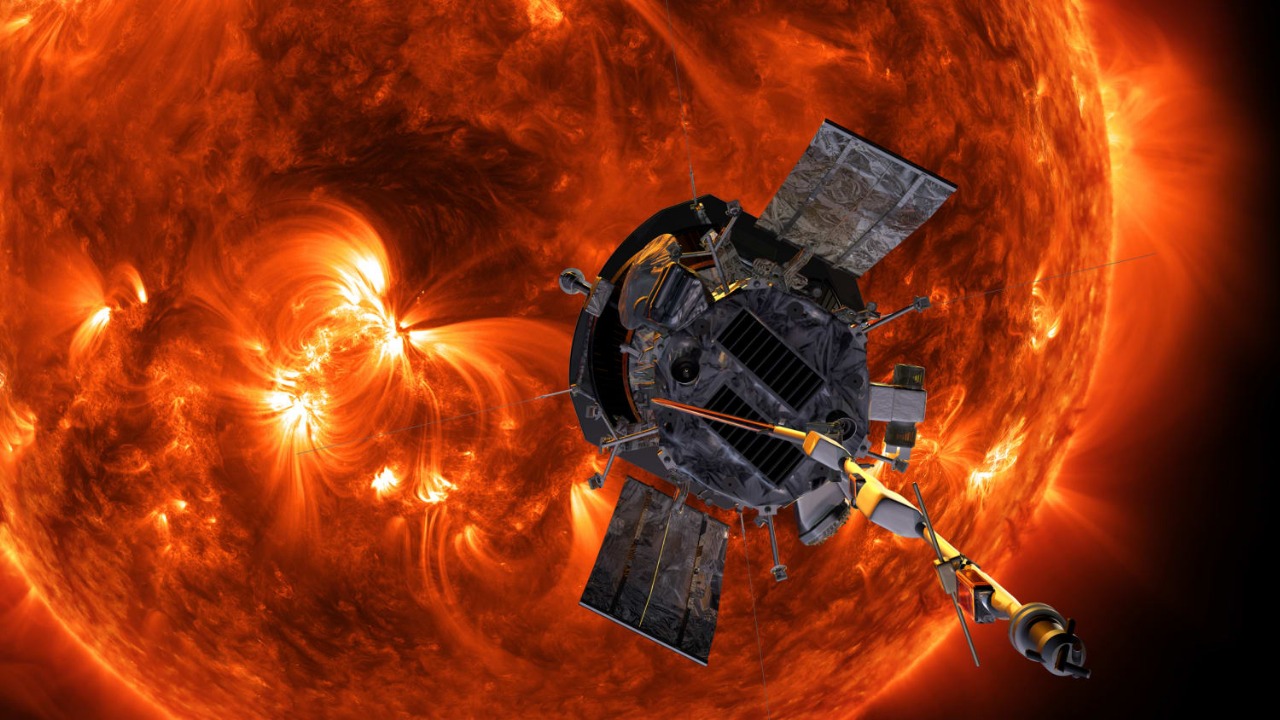NASA’s Parker Solar Probe has delivered its most astonishing visuals yet, capturing the Sun’s outer atmosphere from just 3.8 million miles away during its December 2024 flyby. The images, released in July 2025, offer unprecedented insight into solar wind formation and space weather origins.
Key Discoveries From The Flyby
-
The probe’s WISPR camera recorded a live coronal mass ejection (CME), revealing swirling KelvinHelmholtz Instabilities—once considered purely theoretical.
-
Scientists observed multiple CMEs colliding and merging in real time, helping decode how space weather intensifies and evolves.
-
The heliospheric current sheet, where the Sun’s magnetic field flips direction, was captured in high resolution for the first time.
-
Parker confirmed two distinct types of slow solar wind—Alfvénic and nonAlfvénic—tracing their origins to coronal holes and helmet streamers respectively.
Engineering Feat And Scientific Impact
-
Despite temperatures exceeding 1,300°C, Parker’s thermal shield kept instruments safe, marking a milestone in space engineering.
-
The probe’s data is expected to improve forecasting of geomagnetic storms that threaten satellites, GPS systems, and power grids.
-
Its next flyby on September 15, 2025, will bring it even closer, potentially unlocking more clues about solar wind dynamics.
Mission Legacy
Launched in 2018, Parker Solar Probe continues to redefine heliophysics, offering a frontrow seat to the Sun’s volatile behavior and its ripple effects across the solar system.
Sources: NASA, News18, Moneycontrol, Johns Hopkins APL, Mashable, MSN India, Space.com.





